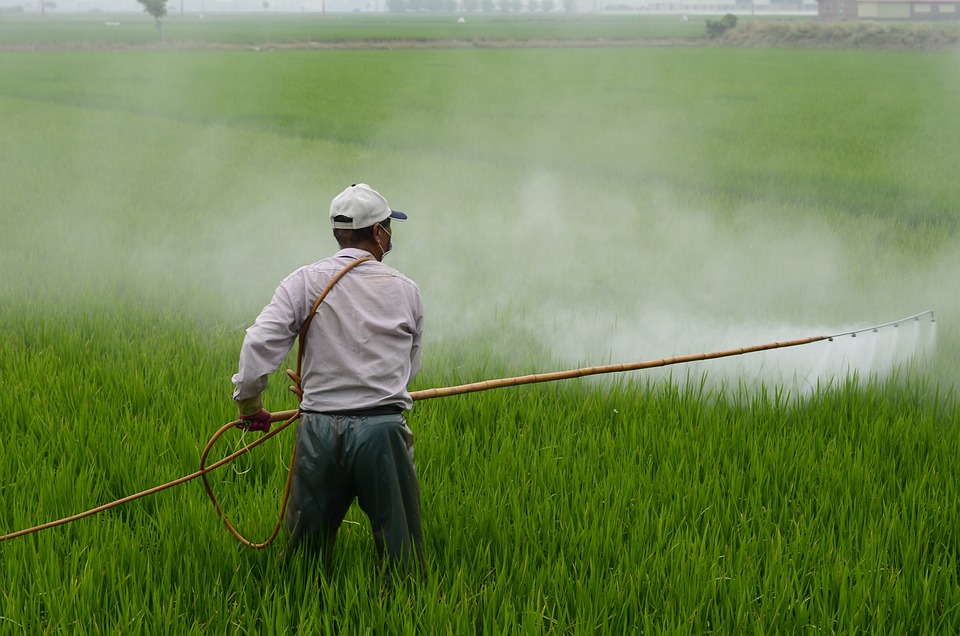Pesticides, herbicides, and fungicides are used throughout the world. Lean and Six Sigma aid in their manufacture, application, and distribution. We’ll look at three case studies from Indonesia and finish with a video of a smart pesticide formulation factory in China.
Using Lean Six Sigma to Reduce Waste in Pesticide Production: Indonesia
In a paper titled “Reducing waste in the production process with Lean Six Sigma approach and weighted product method,” authors Khawarita Siregar and others discuss using Lean Six Sigma to improve pesticide production.
The paper includes:
- Current Value Stream Map
- Pareto Diagrams of Defects from Inspection Phases I and II
- 5 Whys Diagram on Bottle Leaking
- 5 Whys Diagram on Italic Capping
- 5 Whys Diagram on Torn Label
- 5 Whys Diagram on Disabling Lost/Faded Writing
- Estimated Results Before and After Improvement
- Future Value Stream Map
You can read the paper here.
[Citation: Khawarita Siregar et al 2019 IOP Conf. Ser.: Mater. Sci. Eng. 505 012055]
Applying DMAIC to Identify and Correct Defects in Herbicide Manufacturing: Indonesia
In a case study titled “Improvement of Quality Control of Herbicide Products using the DMAIC Method Case Study in Chemical Companies in Merak- Banten,” authors Erry Rimawan, and Angga Pratama discuss using DMAIC phases to identify and correct defects in a herbicide manufacturing process.
The case study includes:
- Defect Types and Total Numbers
- Defect Frequencies
- Pareto Diagram of Defect Type Frequencies
- Total Production and Associated Defects By Month
- Results of Process Stability Measurements
- Fishbone Diagrams of Five Defect Types
- FMEA Analyses of Five Defect Types
- RPN Ranking Table for All Five Defect Types
You can read the case study here.
Using Six Sigma to Improve Delivery Performance: Indonesia
In a case study titled “Delivery performance improvement using Six Sigma method: a case study at FMC Agricultural Manufacturing,” authors Satyana Primandaru and Soeparno discuss the use of Six Sigma to improve delivery performance in pesticide production.
The authors found three problems affecting the delivery delays:
(1) Problems triggered by delays in the arrival of raw material and packaging materials.
(2) The customer delays delivery several times
(3) The Warehouse Leader is late in inputting data and Post Goods Issue
The case study includes:
- Delivery to Request Process Capability and Summary Report
- Pareto Chart for Delivery to Request
- Root Cause and Corrective Action for Problem Codes
You can access the case study here.
Smart Pesticide Formulation Factory Tour
Watch this video of Zhengbang’s Smart Pesticide Formulation Factory from Zhengbang Crop Protection.
You can view the video here.
Join ISSSP today and access the hundreds of interviews, webinars, whitepapers, case studies, and other resources available in our online library.







Leave A Comment